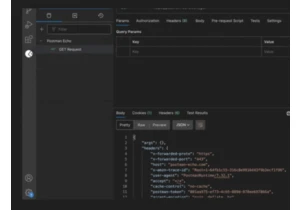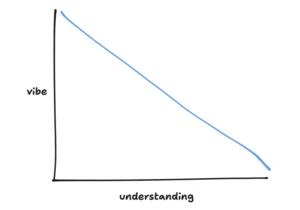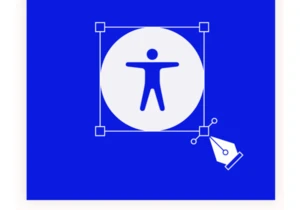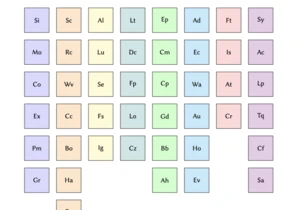Chrome 139 is experimenting with Open UI’s proposed Interest Invoker API, which would be used to create tooltips, hover menus, hover cards, quick actions, and other types of UIs for showing more information with hover interactions. The Interest Invoker API makes these components declarative and hover-triggered, meaning that you create them with HTML, and then the web browser handles the mouseenter and mouseleave events for you, sans JavaScript. https://webdesignernews.com/a-first-look-at-the-interest-invoker-api-for-hover-triggered-popovers/
Chcete-li přidat komentář, přihlaste se
Ostatní příspěvky v této skupině

Picture this: You’re in a meeting room at your tech company, and two people are having what looks like the same conversation about the same design problem. One is talking about whether the team has th

Visual Studio Code has cemented its reputation as one of the most powerful and versatile code editors for developers. While its core features are well-known, there exists a treasure trove of hidden fu

Legacy code is universally despised, and for good reason. But why? You have the code, right? Can’t you figure it out from there? https://webdesignernews.com/vibe-code-is-legacy-code/

Images are a powerful way to clarify complex ideas, reinforce content, and make the web more engaging. But if they aren’t accessible, some people will miss part of the story. https://webdesignernews.c

System design is often taught through solutions specific to particular domains, such as databases, operating systems, or computer architecture, each with its own methods and vocabulary. While this div

“You see? Another ad. We were just talking about this yesterday! How can you be so sure they’re not listening to us?” – My wife, at least once a week. https://webdesignernews.com/ai-is-eating-the-inte

Microsoft has successfully transformed itself into the AI backbone of the corporate world. New earnings showed it’s all‑in on AI infrastructure https://webdesignernews.com/microsoft-joins-nvidia
